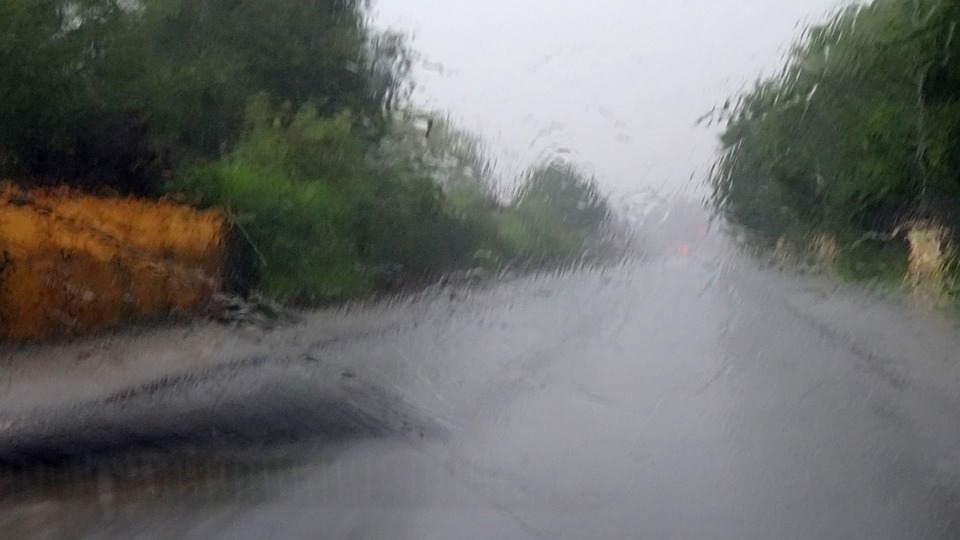The Umbrella Stormwater Bulletin

Umbrella 70: Latest stormwater and green infrastructure news
NEWS
Calling all Ontarians! Have you ever been flooded? If you were flooded today, what would you lose? Have you done anything to stop water getting in your basement? What does your community need to do to reduce flood risk? The Ontario Urban Flooding Collaborative, coordinated by Green Communities Canada, is forming an action strategy to address urban flooding in Ontario. Your stories can help inform that action strategy. As an incentive to participate, you can be entered to win $500 to help protect your home from flooding (draw 1 November). Share your story here.
Schools and LID. Video from Upper Thames CA showcases how schools can incorporate green infrastructure into their grounds.
Guidelines for basement flood protection. A new guideline is now available for purchase from CSA group. The guideline covers measures to reduce the risks of basement flooding, and to mitigate the adverse effects on property, public safety, and public health in case of a flood event. It covers existing, new, rebuilt, and renovated houses in rural and urban settings.
Toronto floods. Severe flooding occurred twice in August in Toronto, drawing attention to the outdated stormwater and wastewater infrastructure in the city. Streets, homes, subway stations, and condos were flooded, while sewage poured into Lake Ontario. Infrastructure improvements are ongoing, but a dedicated stormwater fee was shelved last year, a decision now facing criticism.
Invasive goldfish fill stormwater ponds. Some ponds in the Barrie area and across Ontario are inhabited by thousands of goldfish, which are limiting the ponds’ ability to control water quality.
Winnipeg addresses water pollution. Green infrastructure is being considered as part of the $1 billion plan for reducing sewage overflows into Lake Winnipeg.
Kitchener park will feature green infrastructure. A grant from the Federation of Canadian Municipalities will support the inclusion of low impact development features, including rain gardens, bioswales, and infiltration galleries in the new RBJ Schlegel park.
A town and its river. Vintage 1953 film shows how Brampton “solved” its downtown flooding problem by building a concrete bypass channel. Even as it celebrates the engineering marvel of the channel, with “overall construction symmetrical and modern to look at,” the narrator reminds us to “remember there are other important factors in flood control – the conservation of forest lands in the watershed area, the replanting of trees on marginal lands, proper soil cultivation and cropping practices, the protection of marshes in the entire drainage area.”
RESOURCES
Great Lakes regional green infrastructure policy analysis. A binational analysis by Credit Valley Conservation and the Great Lakes Commission addressing policy barriers to green infrastructure implementation.
EVENTS
Training on Low Impact Development. Various dates and locations, hosted by the Sustainable Technologies Evaluation Programme. See the calendar.
Green technology research and pilot initiatives in Southern Alberta. 21 September. Okotoks, AB. Hosted by the Alberta Low Impact Development Partnership. Register here.
Living Waters Rally. 1-3 October. Moncton, NB. Hosted by the Canadian Freshwater Alliance, featuring two sessions on green infrastructure. Register here.

